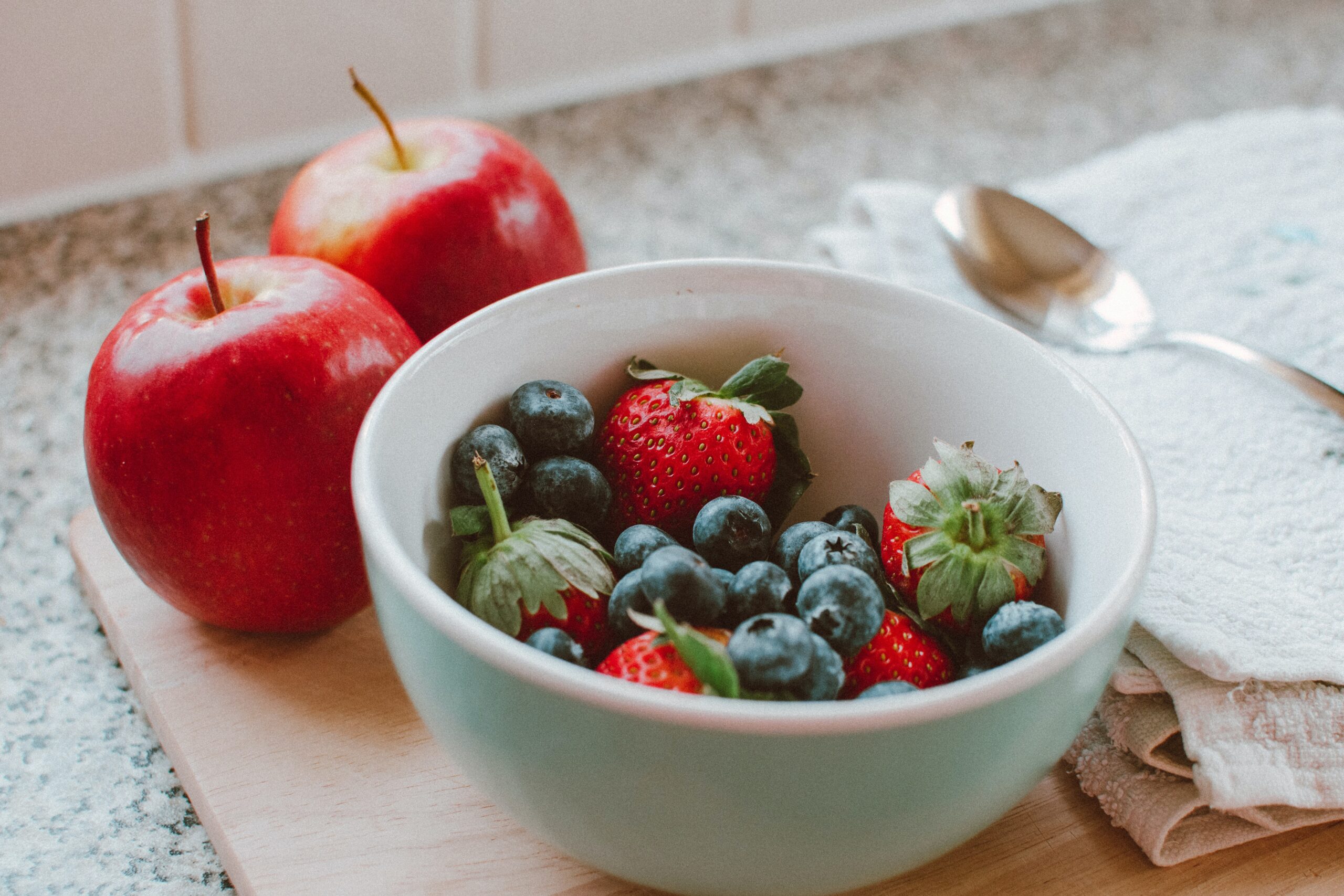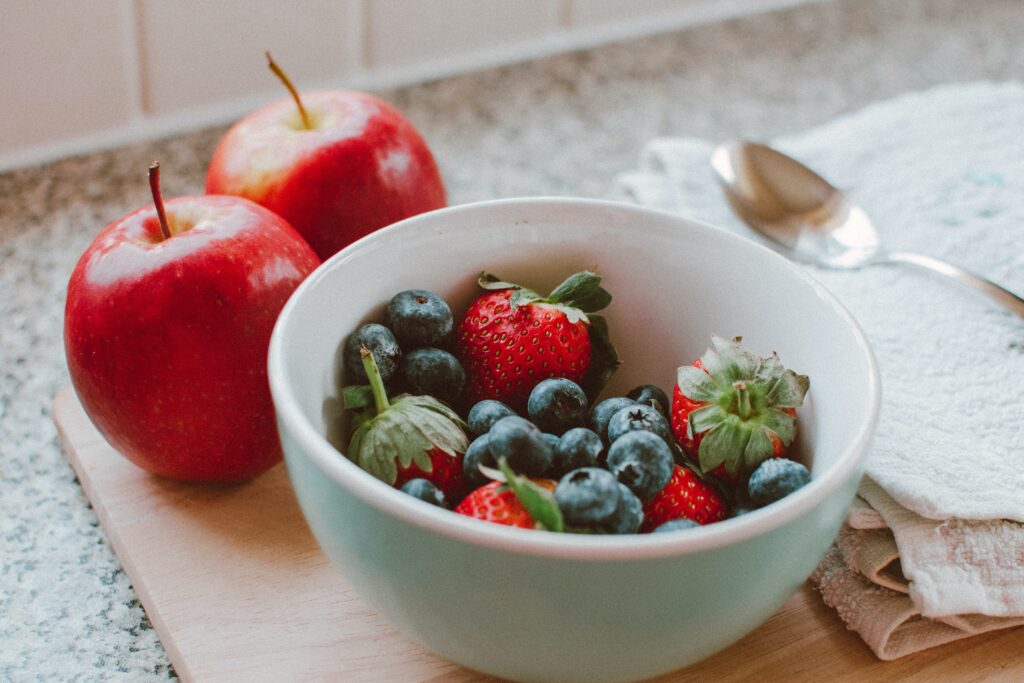
Why Antioxidants Are Important?
Why Do You Need Antioxidants & Where Can They Be Found?
The world of weight loss has its own lingo, and one of the most common terms you’ll hear is ‘antioxidants.’
So, what exactly are antioxidants, and why do they matter so much?
Antioxidants: The Science
Antioxidants are plant compounds, vitamins, and other nutrients that aid in the removal of a type of molecule known as a free radical.
A free radical is a molecule in your body that is lacking an electron, according to chemistry.
Because this is an unbalanced condition, the molecule seeks for other molecules to pick up the missing electron.
When it does, it produces another free radical – another molecule without an electron.
So, what exactly does this mean?
When molecules steal electrons from other molecules, it causes clogged arteries. Which causes accelerated aging, and damaged tissues, or oxidation of your body’s systems.
What causes these free radicals to form?
Free radicals are produced naturally by your body. Such as when your immune system fights a cold virus. Free radicals are created during the virus-killing process.
A healthy body, on the other hand, has no trouble cleaning up the free radical mess and ensuring the balance of other molecules.
When you consume a poor diet on a regular basis, don’t get enough sleep or exercise, are constantly stressed, damage is forming. Then, when you come into contact with contaminants such as pesticides and other hazardous chemicals, your body’s ability to contain free radicals is overwhelmed, and damage begins.
Antioxidants now come into play.
These tiny warriors can scavenge for and eliminate free radicals. Interrupting the chain reaction of instability and lowering inflammation and harm to your body.
Where Can I Naturally Find Antioxidants?
Antioxidants operate in tandem with other bioactive elements like amino acids to accomplish their goals. So getting as many antioxidants as possible from fresh, natural foods is your best bet for taming the free radical race within you.
Antioxidants can be found in a variety of foods. Fruits and vegetables are the best sources, and the more vibrant they are, the better. The pigment of the foods contains antioxidants.
Antioxidant-rich foods include strawberries, oranges, lemons, broccoli, blueberries, eggplant, and blackberries, to name a few. To give your body and your weight-loss objective a fighting chance, aim for five servings of fresh fruits and vegetables every day.

Regularly consuming whole, natural foods is vital. How harmful is a diet mainly composed of processed & unhealthy foods?
Is there any nutritional worth to be found in such a diet?
How to Calculate the Nutritional Value of Commonly Eaten Processed Foods
Every bite you take has an impact on your health; each swallow moves you closer or further away from your weight target. So, how do you decide what to eat and how much of it to eat each day?
This information can be calculated by reading the nutrition labels on foods.
Size of the Serving
The serving size is indicated first on the label. Because the rest of the information on the label is depending on the serving size, it’s critical to read everything carefully.
Is the entire package considered a single serving?
Is it possible that the data is for one serving, yet the package contains three? It’s easy to look at a bag of chips and say, “Oh, it’s only 100 calories,” when the entire bag contains 300 calories.
Daily Value in Percentage
For a 2,000-calorie day, the percent of daily value is determined. When compared to the 2,000 calories, the nutrient standards inform you how much of each nutrient is present in the diet. Keep the following numbers in mind as you read through the labels:
The total amount of fat consumed per day should be between 56 and 78 grams (for a 2,000 calorie diet). So, if you eat a plate of food that contains 10 grams of fat, you’ve just consumed 15% of your daily fat allowance.
The total amount of salt consumed each day should not exceed 2,400 milligrams. When you start looking at labels for items like ketchup, soup, soda pop, and bread, it looks like a little, but it quickly adds up!
When you look at the vitamins and minerals on the labels, you naturally want to aim for at least 100% of your daily recommended allowance; because it is the minimal standard for good health.
Portion Size: A Helpful Guide
How do you know whether you have a good portion size now that you know how to read food labels? Take a look at your palm. Make a fist with your hands. That’s roughly a cup of salad, fresh fruit, a dish, or a glass of water.
A cupped hand is about the size of a 12 cup serving. This one works great for measuring grains, pasta, potatoes, and ice cream. Your palm can hold roughly three ounces of meat, which is enough for one single serving.
One tablespoon is approximated by your thumb, which is useful for measuring salad dressings and sour cream. Finally, a teaspoon is equal to the tip of your thumb, which is ideal for butter, oil, and mayonnaise.
Here’s a natural tonic that I recommend because it’s filled with tons of antioxidants…
This Tonic has pure and all-natural ingredients that help you lose weight & get a flat belly.
The Okinawa Flat Belly Tonic is a powerful new formula for supporting healthy weight loss and digestion
A powder you simply mix with water to make a delicious tonic, based on the tonic ingredients of one of the healthiest islands in the world, Okinawa.
Taken before 10am, the Okinawa Flat Belly Tonic provides you with powerful antioxidants, digestive support and metabolic support throughout the day. Maintaining healthy energy and a healthy inflammation response all day long.
The Okinawa Flat Belly Tonic gives incredible nutrition as well as a step-by-step nutritional plan. That includes fat-burning recipes and energy-boosting smoothies to help you reach your weight-loss goals.
If you are ready to build a healthy wellness routine, this system is World-Class.
Give it a try, you be pleased for sure!


Leave a Reply